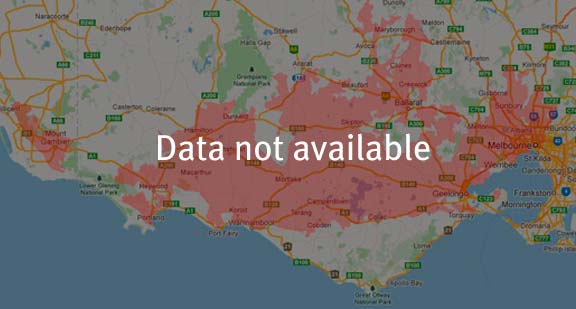A range of teacher professional learning programs will be developed to accompany the Biodiversity of the Western Volcanic Plains online outreach...

Green-bellied Huntsman
Typostola barbata
A timid spider. The lifespan of most Huntsman species is about two years or more.
| Details | Description |
| Type | Invertebrate |
| Group | Arachnid - Spider |
| Other Common Names | Giant Huntsman Spider |
| Identifying Characteristics | |
| Distinctive Markings | Have an orange ‘moustache’ or patch of hairs above and between their fangs. |
| Diet | Carnivore. Eats insects and other invertebrates. Eaten by birds and geckoes, spider-wasps, nematode worms and egg parasites (wasps and flies). |
| Habitat | Lives on foliage and under loose bark on trees, in crevices on rock walls and in logs, under rocks and slabs of bark on the ground. |
| Native Status | Native to Australia |
| Bites/Sting | Bites can be painful to humans but the symptoms are usually only localised pain and swelling. Occasionally causes mild nausea and headaches. |
| Taxonomy | |
| Phylum | Arthropoda |
| Class | Arachnida |
| Order | Araneae |
| Family | Sparassidae |
| Genus | Typostola |
| Species | barbata |

Distribution maps indicate current and historic locations where species have been sighted.
Source: Atlas of Living Australia
| Conservation Status | |
| DEPI Advisory List | Not listed |
| FFG Act | Not listed |
| EPBC Act | Not listed |
The conservation status of species is listed within Victoria and Australia.
The Department of Environment and Primary Industry (DEPI) Advisory List consists of non-statutory advisory lists of rare or threatened flora and fauna within Victoria.
The Flora and Fauna Guarantee Act 1988 (FFG Act) lists threatened species in Victoria. Under the Act, an Action Statement is produced for each listed species.
The Environment Protection and Biodiversity Conservation Act 1999 (EPBC Act) is the Australian Government’s key piece of environmental legislation, listing nationally threatened native species and ecological communities.



